Selected Works
2000’s
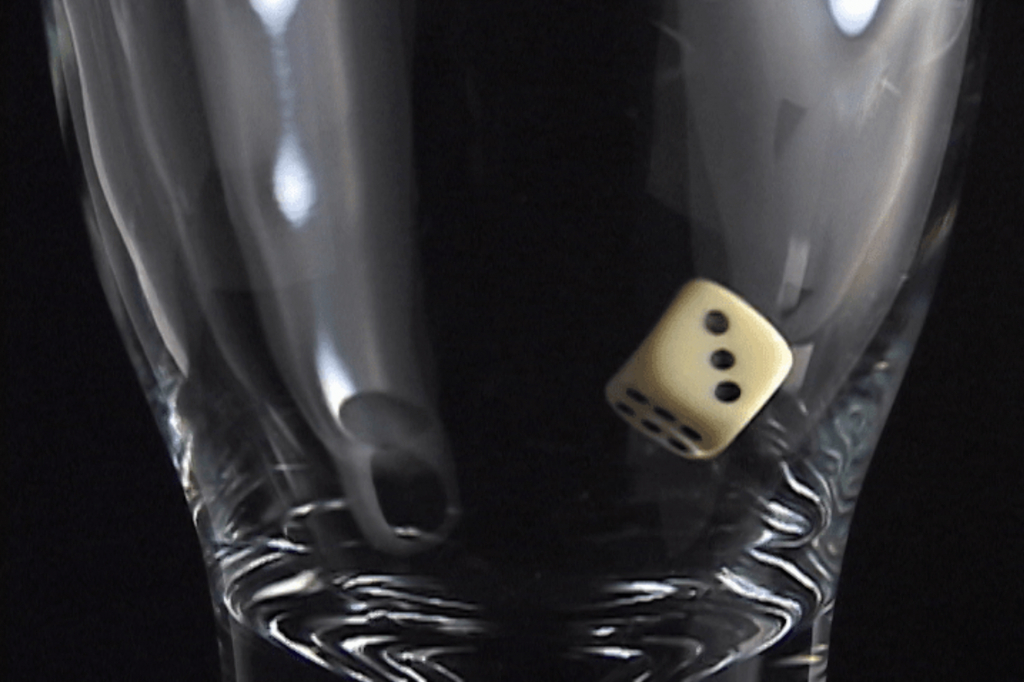
Koki Tanaka
123456
2003
Single-channel video (4:3, color, sound)
59 sec.
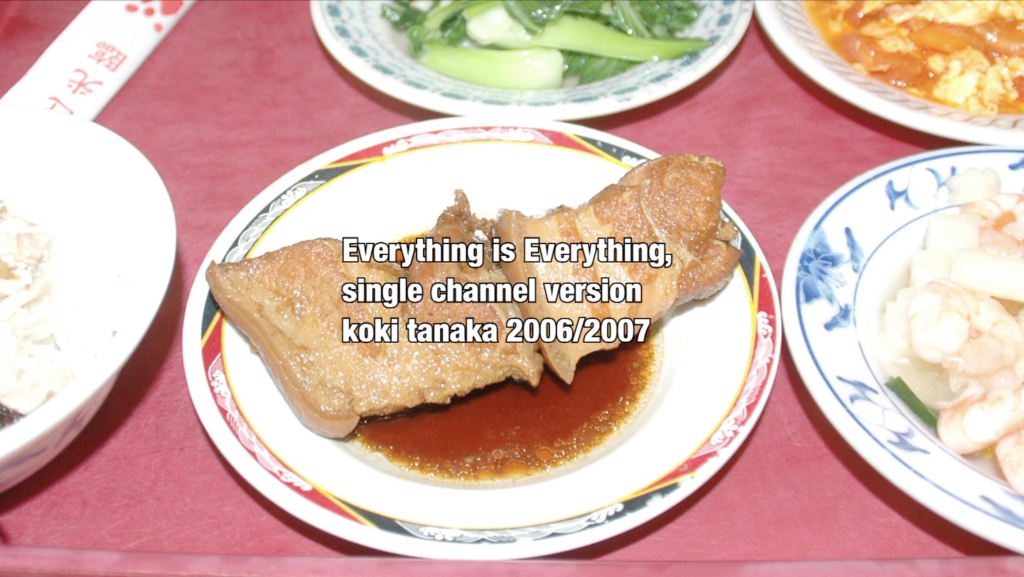
Koki Tanaka
Everything is Everything
2006/2007
Single-channel video (16:9, color, sound)
6 min. 04 sec.
On the occasion of the Taipei Biennale, Me, my friends and my gallerist went to Taipei city, then found mere materials in daily use which you can easily find in most Asian cities. We were collecting the moment of improvised “performance” with those objects to activate possibilities of how we could see things differently.
Koki Tanaka
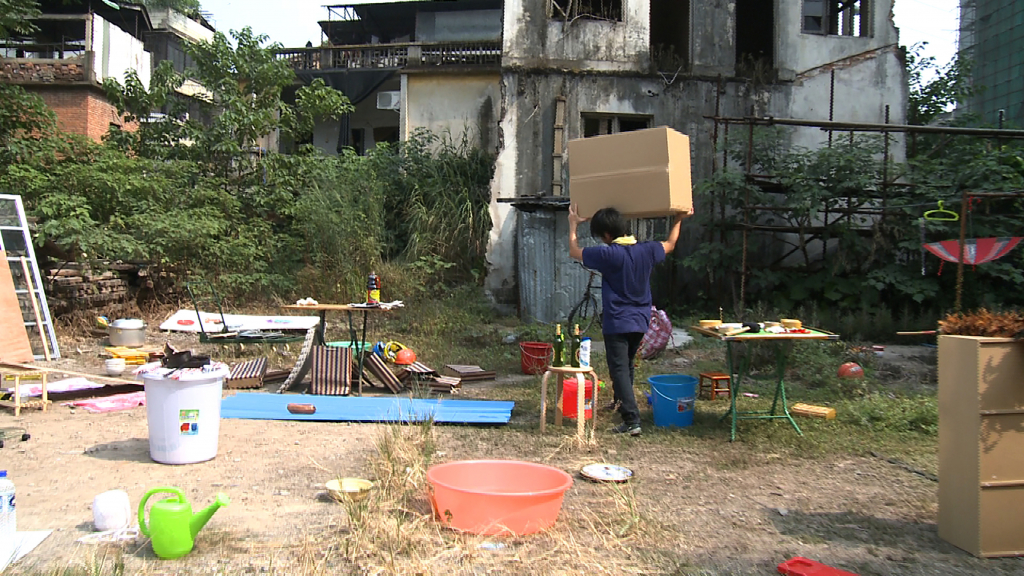
Koki Tanaka
Walking Through
2009
Single channel video (16:9, color, sound)
55 min.
“Walking Through” captures the process of spontaneous reaction / improvised performance with various objects in daily use found in Guangzhou, China. The video / all the process shots continuously for once by steady cam.
Koki Tanaka
2010’s
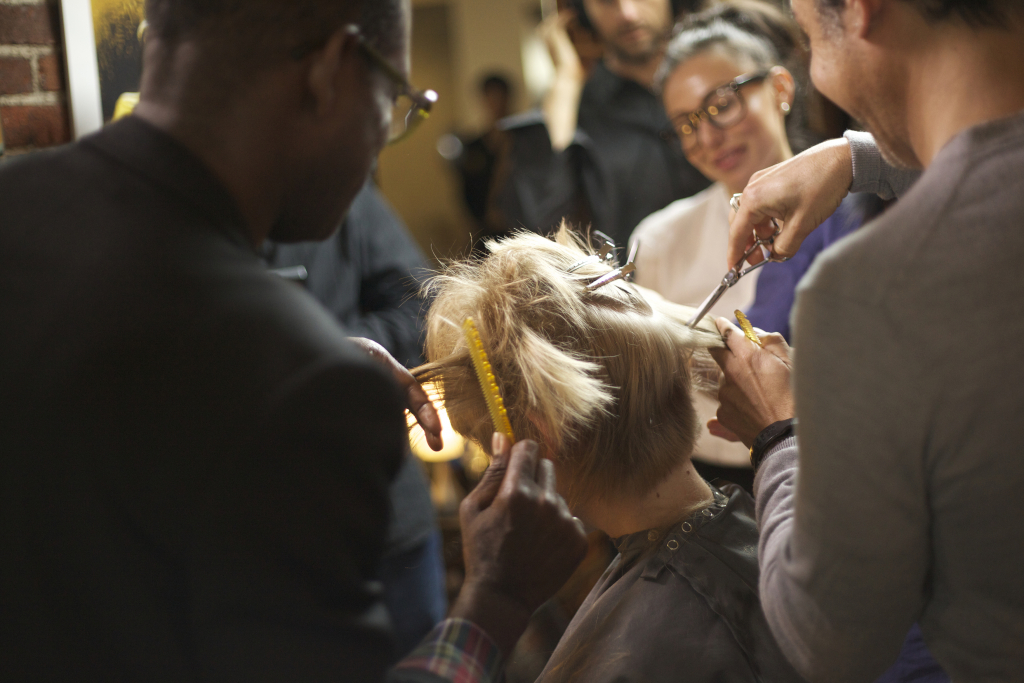
Koki Tanaka
A Haircut by 9 Hairdressers at Once (Second Attempt)
2010
Single channel HD video (16:9, color, sound)
28 min. 43 sec.
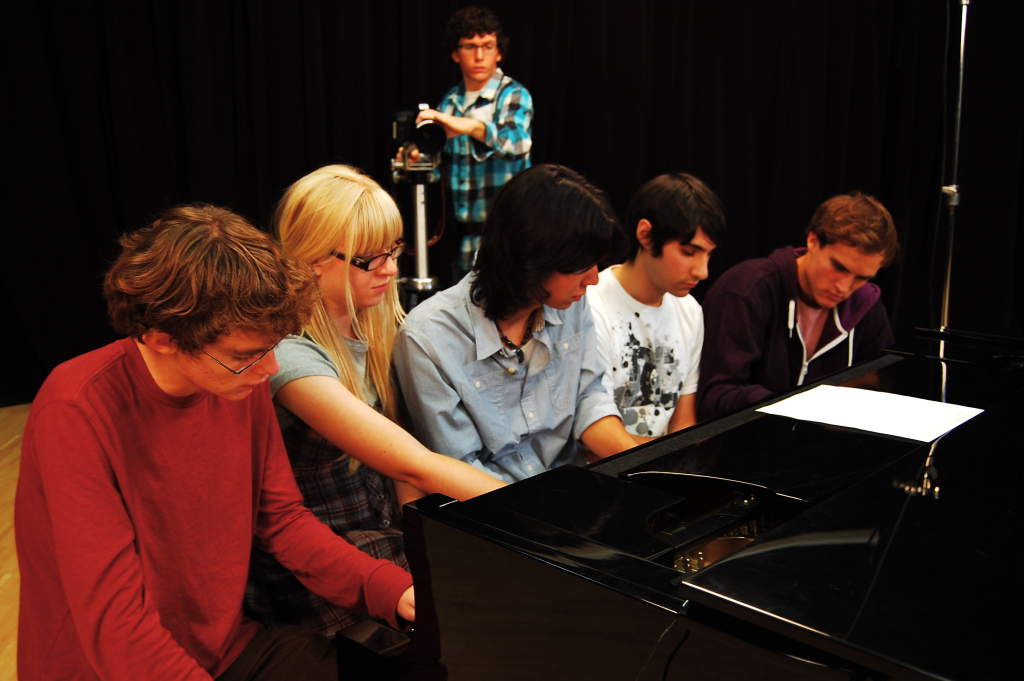
Koki Tanaka
A Piano Played by Five Pianists at Once (First Attempt)
2012
Single-channel HD video (16:9, color, sound)
23 min. 15 sec.
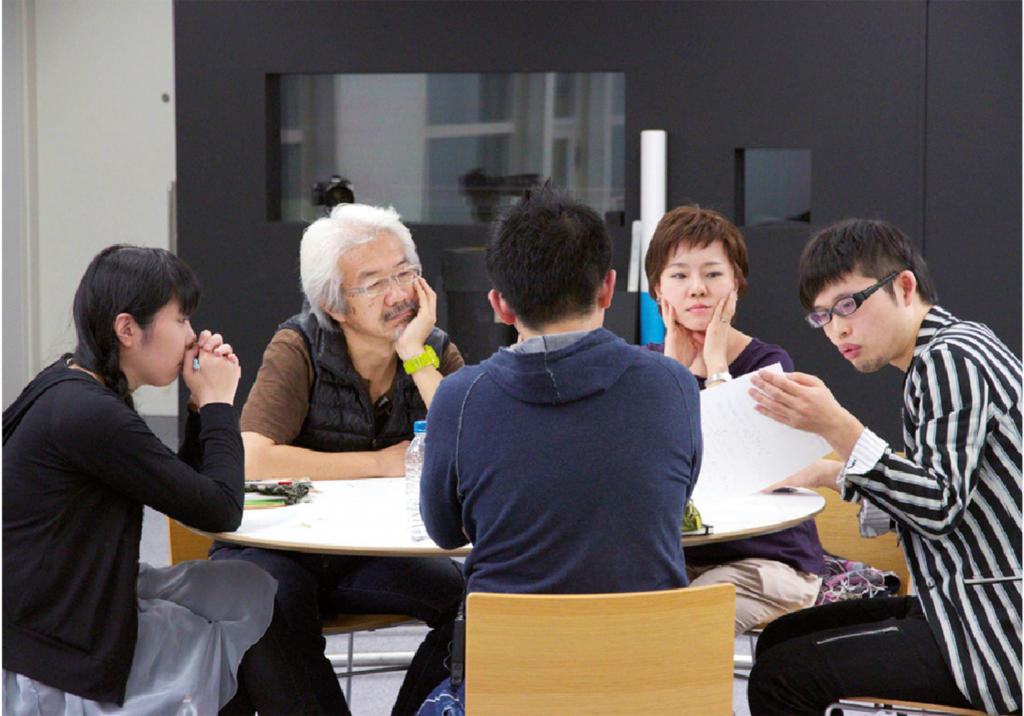
Koki Tanaka
A Poem Written by Five Poets at Once (First Attempt)
2013
Single-channel HD video (16:9, color, sound)
68 min. 30 sec.
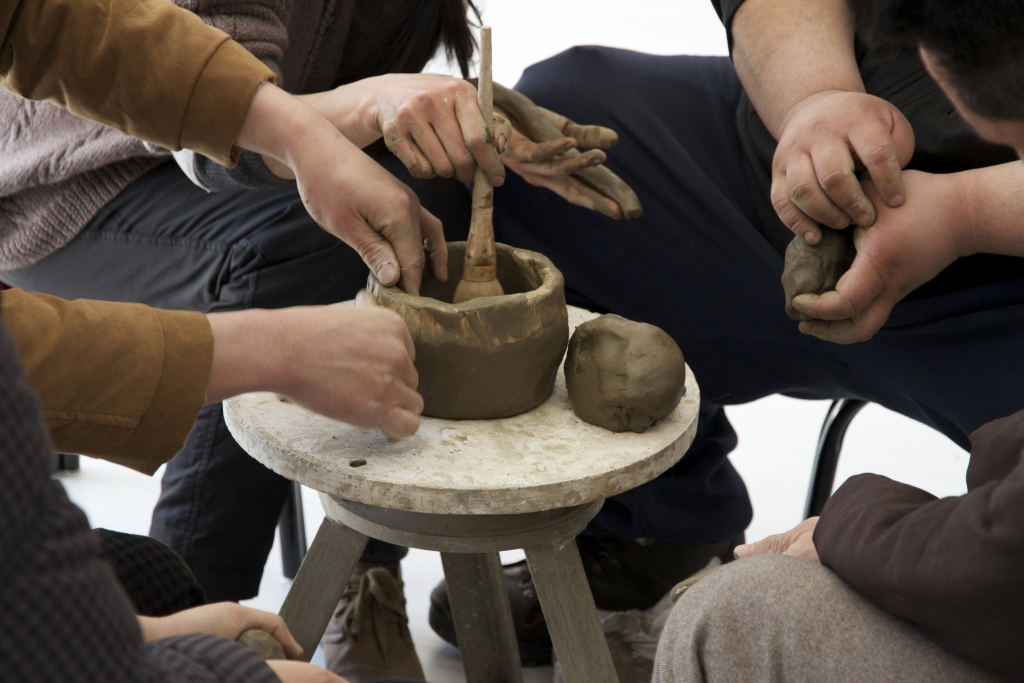
Koki Tanaka
A Pottery Produced by 5 Potters at Once (Silent Attempt)
2013
Single-channel HD video (16:9, color, sound)
75 min. 46 sec.
There is documentation of a number of collaborative projects undertaken at different sites by people from various professions: five pianists attempt to compose a score together while playing the piano all at once; nine hairdressers collaborate on cutting a model’s hair; five potters attempt to make a single pot; five poets try to compose a single poem together.
Why did I choose people who make things to be the participants in these projects? To do something collaboratively is an ethical proposition. Suppressing individual ego, one must try to perform the work in accordance with others. In this process, the participants must temporarily set aside the ideas, approaches and practices they have cultivated to that point, and figure out how to compromise with others. You could say the collaborative process is one of negotiation and compromise. The microsociety that results from collaboration requires of its participants a certain kind of ethics. Adhering to the form of that ethics may even require one’s own transformation. Such is collaboration: both self and other must change in order to achieve consensus.
Perhaps the reason I wanted the participants to be people who make things is because I thought those with creative practices would be best suited for addressing that ethical form. Each according to their own approaches, the participants all give form to music, hairstyles, clay, language. The differences in how they handle the materials express the differences between each person. They also begin to reflect differences in ethos. In this way, as they move their hands, the participants give shape to society itself. What is documented here is the process of this kind of social sculpture, and as such it is also a document of the failure of that process. The process of having multiple participants give shape to society necessarily entails failure.
[March 2014, Translated by Andrew Maerkle]
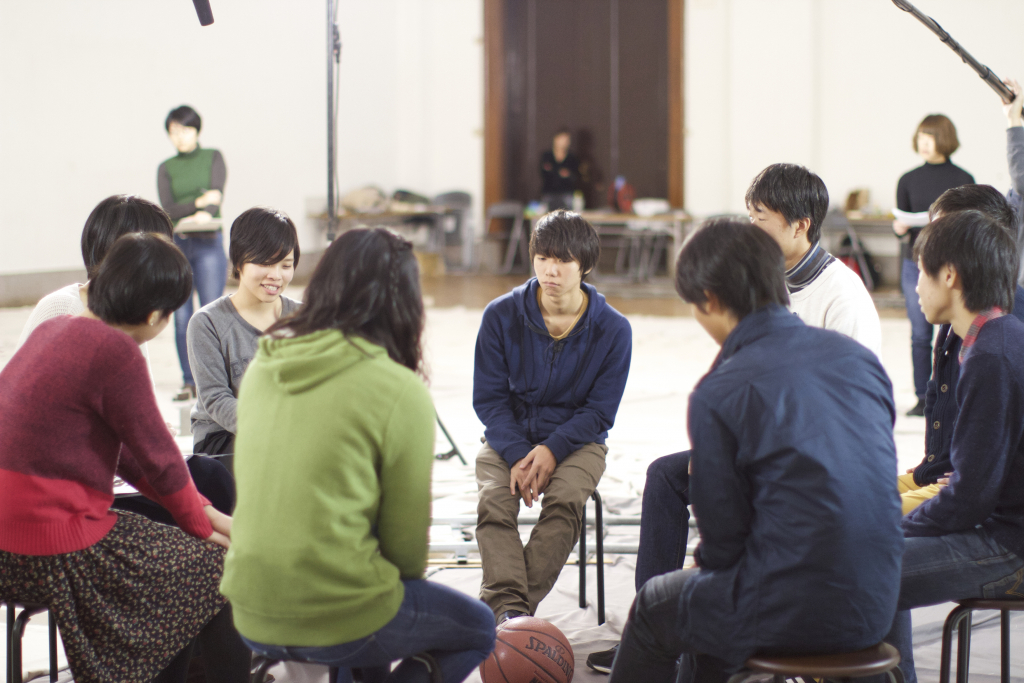
Watch Videos:
Activity 1: Reading: Yusuke Nakahara, Between Man and Matter, 1970
Activity 2: Reenactment: Christo, Wrapped Floor, 1970
Activity 3: Lecture: The impact US military bases in Japan have on culture
Activity 4: Reenactment: Basketball
Activity 5: Discussion: About a War
Koki Tanaka
Provisional Studies: Workshop #1 “1946-52 Occupation Era and 1970 Between Man and Matter”
2015
5-channel HD video (16:9, color, sound)
24 min. 30 sec.; 14 min. 20 sec.; 36 min. 15 sec.; 11 min. 40 sec.; 35 min. 45 sec.
On a trip to Kyoto in the winter of 2013, I made a site visit to the Kyoto Municipal Museum of Art for an upcoming project. Even though it is called a museum, the venue now functions more as a kind of rental space for touring blockbuster exhibitions, and currently hosts only a few self-initiated projects each year. In that sense, the venue in its current state is not so appealing. However, several points of interest emerged when I was told about the history of the site. The first is that following World War II, during the period 1946–52, US occupation forces used the museum as a barracks. In the basement of the museum, in a small space beneath the stairs, there is even a shoeshine area that remains from that period, along with a sign, written in English, noting the business hours.
It is said there was a basketball hoop installed in the largest gallery space, which was used as a rec room. The curator of the project even showed me photographs from that time. Also, after completing its assignment in Kyoto, the US 58th Signal Battalion was transferred to Okinawa, where it remained stationed until reconsolidation in 2012. The unresolved issues surrounding US military bases in Okinawa are an ongoing contemporary problem. Exploring the museum’s past revealed connections with the social issues of contemporary Japan. Every site has its own specific history, but without such chance interactions we usually do not encounter these histories.
There is something else. Looking at archival photographs reveals how this museum once occupied an important place in the history of post-war contemporary art in Japan. Curated by the art critic Yusuke Nakahara, the 10th Tokyo Biennale, Between Man and Matter, opened in Tokyo in June 1970. Nakahara himself said that his exhibition was influenced by Harald Szeemann’s When Attitudes Become Form and the Whitney Museum’s Anti-Illusion: Procedures/Materials, both from 1969. Alongside Carl Andre, Hans Haacke, and Richard Serra were Mono-ha artists like Katsuhiko Narita and Koji Enokura, as well as On Kawara and Jiro Takamatsu. In July of 1970, the exhibition toured to the Kyoto Municipal Museum of Art. I was curious to know who had exhibited in the large gallery space where the US occupation forces had formerly played basketball. According to the photographs, it appears that Christo covered the entire floor of the space with fabric.
[August 2014 Translated from the Japanese by Andrew Maerkle]
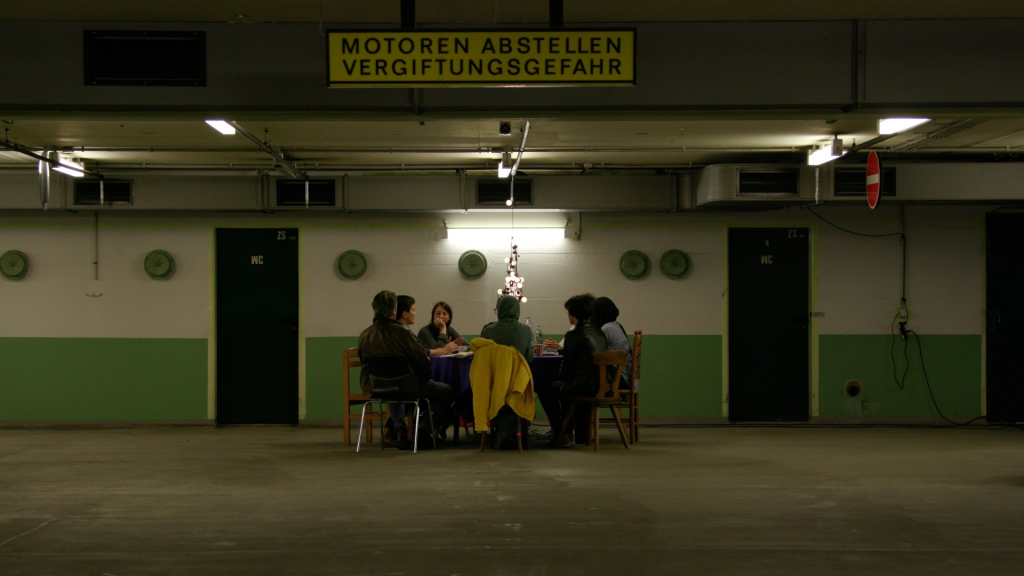
Provisional Studies: Workshop #7 How to live together, and sharing the unknown
2017
9-channel HD video (16:9, color, sound)
4 min. 51 sec.; 19 min. 29 sec.; 21 min. 30 sec.; 36 min. 14 sec.; 32 min 41 sec.;
10 min. 5 sec.; 54 min 53 sec.; 38 min. 16 sec.; 45 min.
Between October 1 and 9, 2016, actors/participants Lina, Tasnim, JoAnn, Rolf, Anna, Annette, Stephan, and Isa; facilitators Andrew, Kai, Ahmad, and Hendrik; Sophia and her assistant Alexandra from Skulptur Projekte; film crew Hikaru, Shinya, Ryota, and Kadoaki; film assistants Lejla and Jakob; and I, as the artist who initiated the project, spent nine days together as a group.
The site of our project was the Aegidiimarkt, a mixed-use complex built in the center of Münster in 1979. We turned an empty shop into our base camp, while facilities like the gym and the seminar rooms at the lifelong learning center, VHS, as well as the underground car park became our filming locations.
The project began on the long holiday weekend celebrating German Unity Day. We spent one night at the gym and held activities each day. After a break on Tuesday, we resumed with weekday evening sessions, and then concluded on the next weekend with programs from morning till night. All of the activities and workshops were conceived by the facilitators. Ten “daytime tasks” (most of which were not practical to realize) were developed in collaboration with the philosopher Tami Yanagisawa.
The theme, “How to Live Together,” came from the notes for one of Roland Barthes’ last lectures, which the facilitator Kai had introduced me to. In the lecture, Barthes discussed the concept of “idiorrhythmy” in monasteries. Instead of the kind of monastery where everyone adheres to the same schedule, he proposed the communal life of the primitive monastery, where monks kept different schedules while respecting each other’s individual biorhythms, as a possible alternative form of community.
[Excerpts from “How to Live Together (Production Notes)”, Koki Tanaka]
2020’s
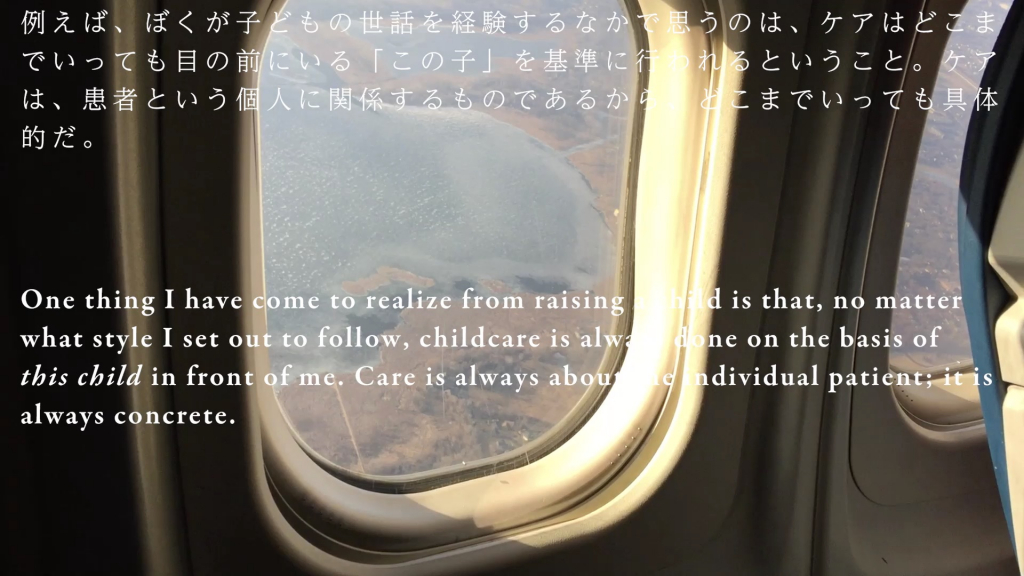
Koki Tanaka
Reflective Notes (Reconfiguration)
2021
Single-channel HD video (16:9, color, sound)
6 min. 31 sec.
Koki Tanaka’s video essay, Reflective Notes (Reconfiguration) explores the impact from COVID-19 and self-isolation. Drawn from his recent book, Reflective Notes (Recent Writings) published in 2020, Tanaka animates his text through archival footage drawn from his film catalogue. Central to his exposition is the metaphor of “concrete” and “abstract” which he uses to explore the clear and the abstract, the tangible and intangible, the qualitative and quantitative impacts of the pandemic. Questions are posed, answers are suggested, but ultimately, Tanaka reminds audiences that real change lies within individuals and communities. Reflective Notes (Reconfiguration) features Sydney based artist Rainbow Chan as co-narrator.
[Text from Sidney Opera House]
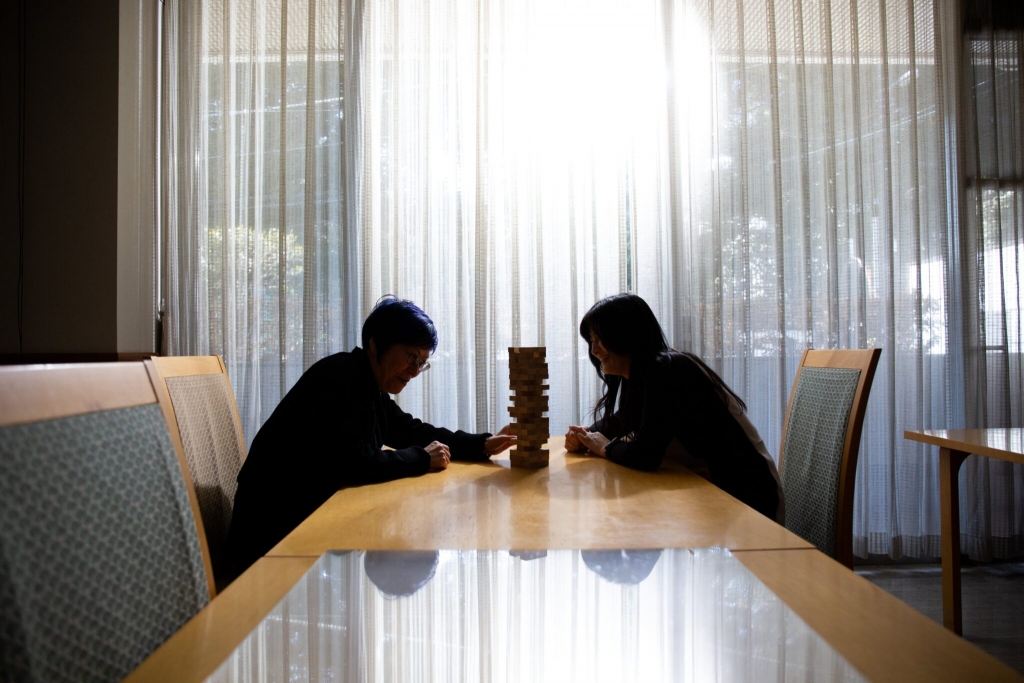
Koki Tanaka
Mobility and Extinction
2024
Single-channel 4K UHD video (16:9, color, sound)
59 min. 53 sec.
More Information: https://www.kktnk.com/2025/mobility-and-extinction-2024/
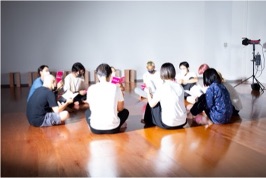
Koki Tanaka
Tag Game
2024
Single-channel 4K UHD video (16:9, color, sound)
16 min. 11 sec.

Koki Tanaka
Acting is Sharing Something Personal
2025
Single-channel 4K UHD video (2.35:1, color, sound)
19 min. 56 sec.
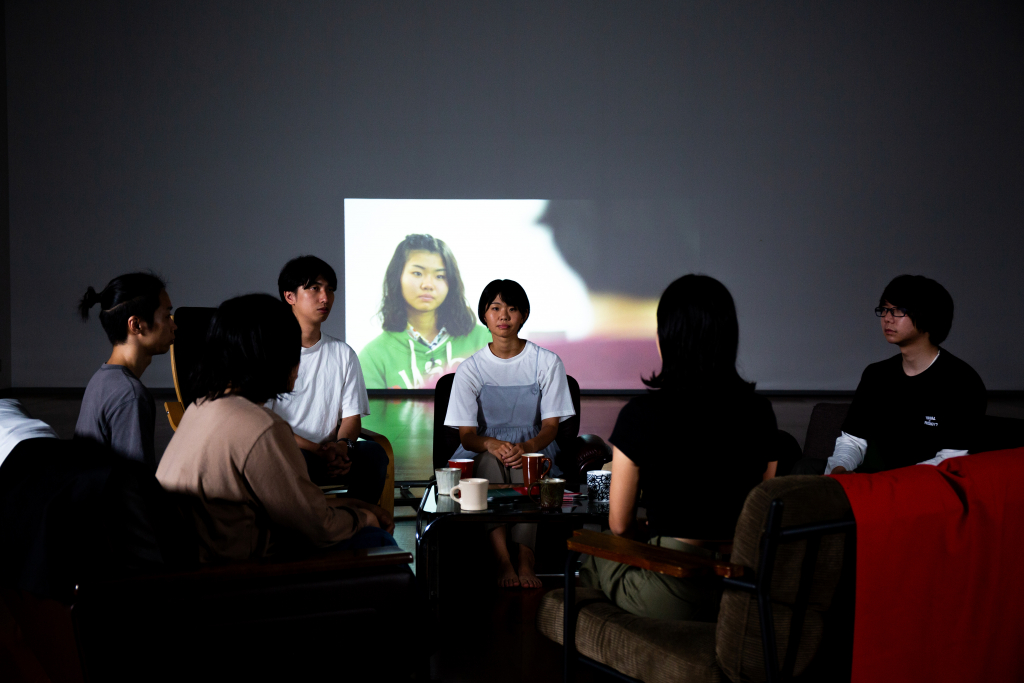
Koki Tanaka
10 Years
2025
Single-channel 4K UHD video (16:9, color, sound)
30 min. 54 sec.
All art works by Koki Tanaka © the Artist
Courtesy of the Artist and Vitamin Creative Space.